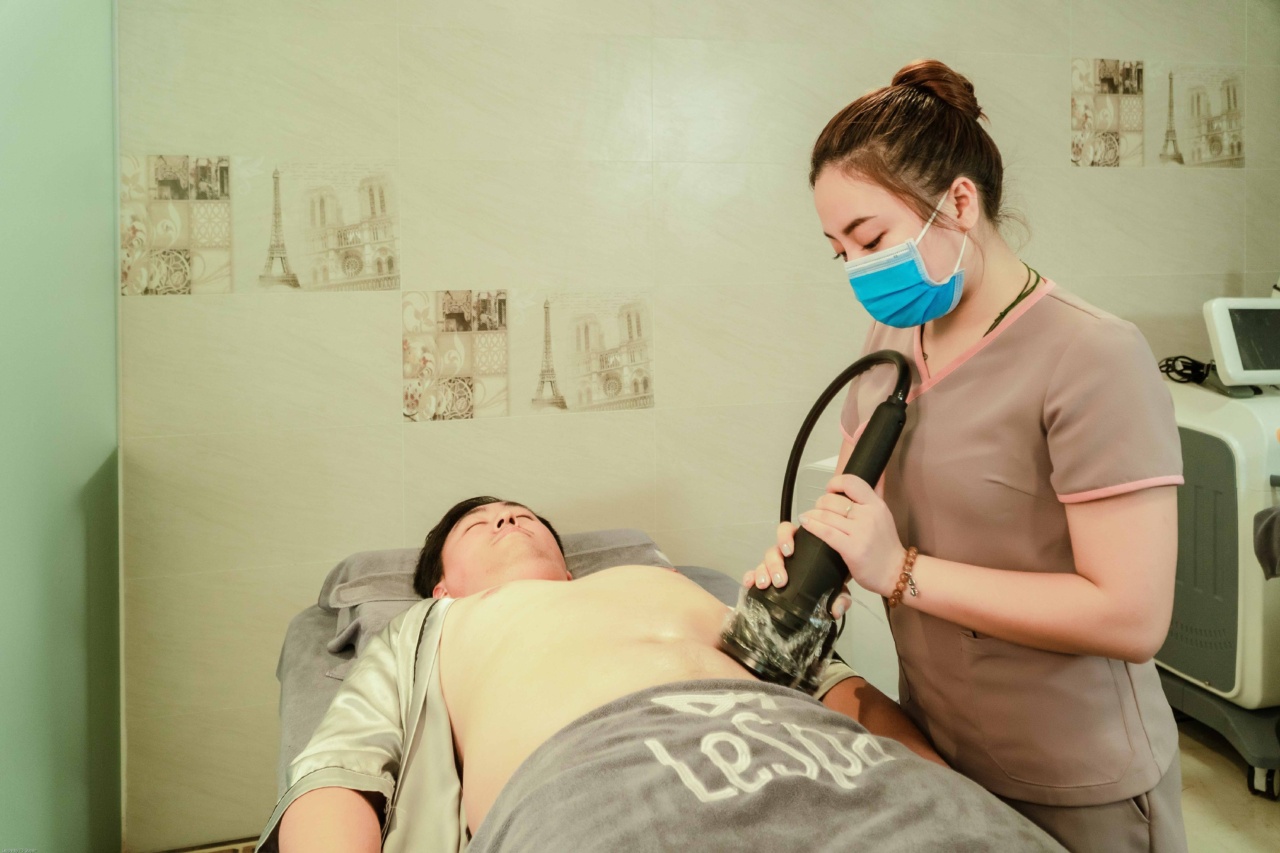Vaginal flazing is a term used to describe a condition that affects the vaginal area and can cause discomfort and pain. It is important to understand the symptoms and treatment options available for this condition.
Symptoms of Vaginal Flazing
There are several common symptoms associated with vaginal flazing. It is important to note that not all individuals will experience the same symptoms, and some may have different experiences. However, here are some common symptoms:.
1. Vaginal Itching and Irritation
One of the primary symptoms of vaginal flazing is itching and irritation in the vaginal area. This can be accompanied by redness and swelling of the vulva. The itching may be persistent and can worsen at night or after sexual intercourse.
2. Abnormal Vaginal Discharge
Another common symptom is abnormal vaginal discharge. The discharge may appear thicker than usual, have an unusual color, or have a foul odor.
It is important to note any changes in vaginal discharge and consult a healthcare professional for a proper diagnosis.
3. Pain and Discomfort
Vaginal flazing can also cause pain and discomfort during sexual intercourse. The vaginal area may feel sensitive, and any pressure or friction can cause discomfort or even sharp pain.
This can result in a decreased sexual desire and can strain intimate relationships.
4. Burning Sensation while Urinating
Some individuals may experience a burning sensation while urinating. This can be caused by inflammation or irritation of the urethra, which is connected to the vaginal area.
If you experience this symptom, it is important to seek medical attention to rule out any other underlying conditions.
5. Painful Bowel Movements
In severe cases, vaginal flazing can also cause discomfort and pain during bowel movements. This can be due to the close proximity of the vaginal and anal areas. Any inflammation or irritation in the vaginal area can also affect the surrounding tissues.
Treatment for Vaginal Flazing
When it comes to the treatment of vaginal flazing, it is important to consult a healthcare professional for an accurate diagnosis. Depending on the underlying cause of the condition, the following treatment options may be recommended:.
1. Medications
If the cause of vaginal flazing is an infection, such as a yeast infection or bacterial vaginosis, your healthcare professional may prescribe medication to help treat the infection. This can be in the form of creams, ointments, or oral medication.
2. Hormonal Therapy
In some cases, hormonal imbalances can contribute to vaginal flazing. Hormonal therapy, such as the use of estrogen creams or hormone replacement therapy (HRT), may be recommended to restore hormonal balance and alleviate symptoms.
3. Lifestyle changes
Making certain lifestyle changes can also help manage and prevent vaginal flazing. This may include avoiding irritating substances such as scented soaps, douches, and tight-fitting clothing.
Maintaining good hygiene and wearing cotton underwear can also help prevent irritation.
4. Moisturizers and Lubricants
If the symptoms of vaginal flazing are primarily related to dryness, using moisturizers and lubricants can help alleviate discomfort during sexual intercourse. These products can provide temporary relief and improve overall comfort.
5. Pelvic Floor Exercises
Pelvic floor exercises, also known as Kegel exercises, can help strengthen the pelvic floor muscles and improve blood circulation in the vaginal area. This can help promote healing and alleviate symptoms of vaginal flazing.
6. Psychological Support
Vaginal flazing can have a significant impact on an individual’s emotional well-being and intimate relationships.
Seeking psychological support, such as therapy or counseling, can help individuals cope with the stress and emotional challenges associated with the condition.
Conclusion
Vaginal flazing can be a distressing condition that affects many individuals. Recognizing the symptoms and seeking appropriate treatment is essential for managing the condition and improving overall well-being.
It is important to remember that each person’s experience with vaginal flazing may vary, and it is crucial to consult a healthcare professional for an accurate diagnosis and personalized treatment plan.


























